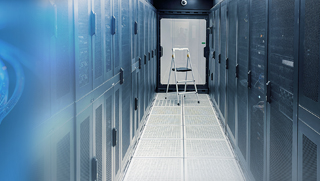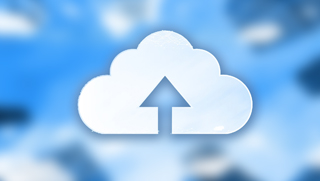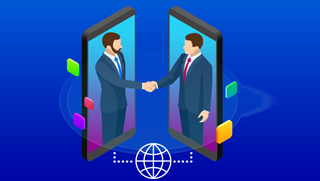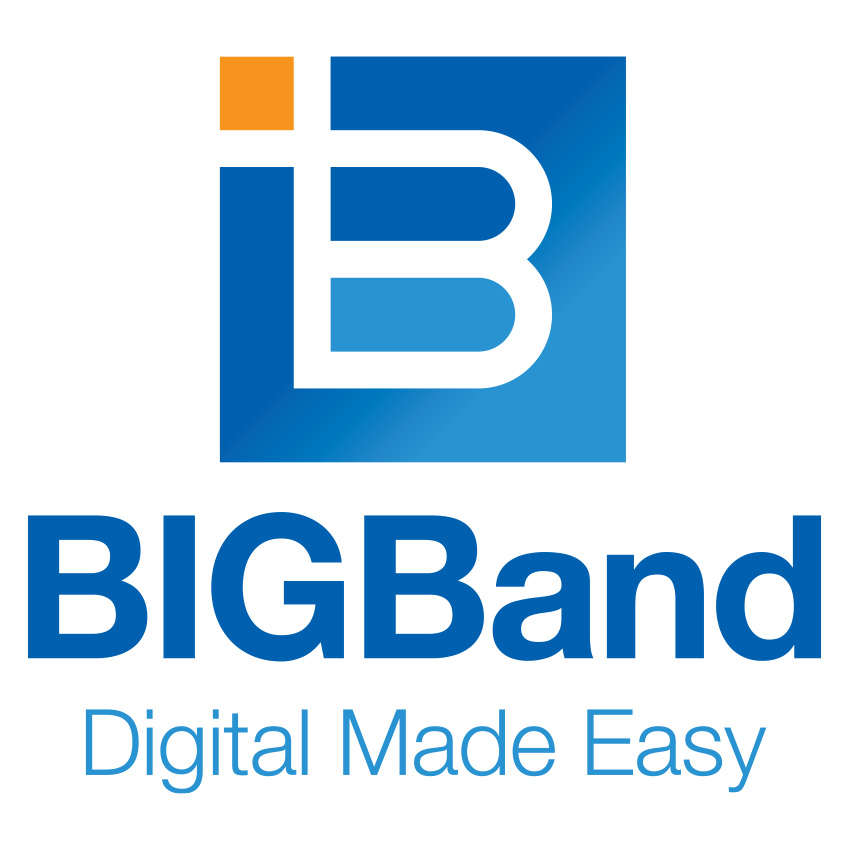Connectivity
Connectivity refers to the ability of
systems, devices, or networks to link
and communicate with one another,
enabling the transfer of data and
information. It is a fundamental
concept in telecommunications,
networking, and technology, forming
the backbone of modern communication
systems.

DC to DC
DC to DC refers to the direct connection, communication, or transfer of data between two data centers. This term is commonly used when discussing the movement of data, replication, backup, or disaster recovery strategies between geographically separate data centers to ensure business continuity, performance, and security.

Dedicated Internet Access (DIA)
Dedicated Internet Access (DIA) refers to a type of internet service where a business or individual has a direct, dedicated connection to the internet, with guaranteed bandwidth and no shared resources. Unlike typical broadband connections, which share bandwidth with other users in the same area, DIA provides a private, exclusive connection with consistent speed, performance, and reliability.

Direct Cloud Connect (DCC)
Direct Cloud Connect (DCC) is a dedicated, private connection between an organization’s on-premises infrastructure or data center and a cloud service provider (CSP) like AWS, Microsoft Azure, Google Cloud, or Alibaba Cloud. Unlike traditional internet-based connections, DCC offers lower latency, higher security, and more reliable performance for businesses that rely on cloud services.

Point-To-Point (P2P)
Point-to-Point (P2P) refers to a direct, private communication or connection between two devices, systems, or locations, typically used for transferring data or providing services without intermediate nodes. This term is used across various contexts, including networking, telecommunications, and file sharing. The key characteristic of P2P is that the two endpoints are directly linked to each other, rather than relying on a centralized server or third-party intermediary.
